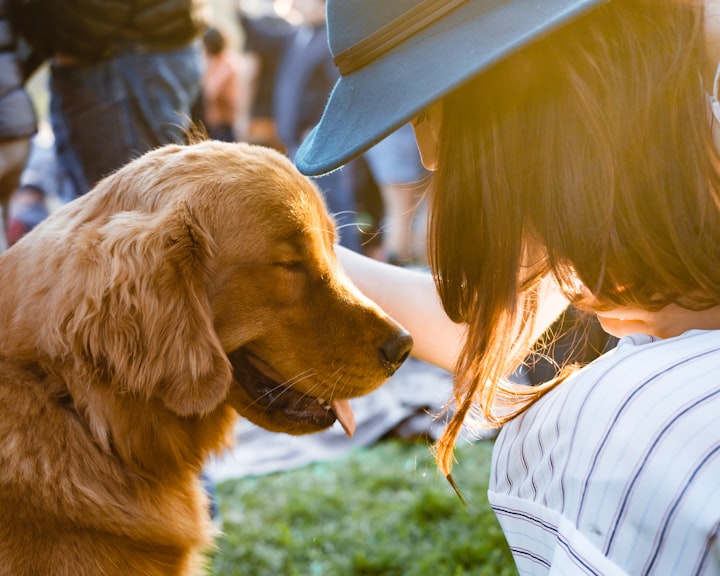
Training your pet is an important aspect of pet ownership. It not only improves their behavior but also strengthens the bond between you and your furry friend. However, it is important to use positive reinforcement rather than punishment or negative reinforcement when training your pet. Here's why positive reinforcement is so important when training your pet and how to apply it effectively.
What is Positive Reinforcement?
Positive reinforcement is a training technique that rewards your pet for good behavior. It involves giving your pet something he likes or enjoys, such as treats, praise, or playtime, right after he exhibits the desired behavior. For example, if you want to teach your dog to sit on command, you would reward him with a treat each time they sit. The purpose of positive reinforcement is to make training more effective and enjoyable by encouraging your pet to repeat the desired behavior.
Why Positive Reinforcement is Important
Positive reinforcement has been scientifically proven to be the most effective training method for pets. Studies have shown that animals respond better to positive reinforcement than punishment or negative reinforcement. In fact, using punishment or negative reinforcement can lead to adverse effects, such as increased aggression and fear in pets.
Also, positive reinforcement strengthens the bond between you and your pet. When you use positive reinforcement, your pet will associate good behavior with rewards and positive experiences, increasing their likelihood of trusting and respecting you. This bond can lead to a happier and healthier relationship between you and your pet.

How to Implement Positive Reinforcement Effectively
Implementing positive reinforcement effectively requires consistency, patience, and proper timing. Here are some tips on how to implement positive reinforcement effectively:
Start with small goals: Begin with simple commands, such as "sit" or "stay," before moving on to more complex behaviors.
Use Treats and Rewards: Treats and rewards are excellent motivators for pets. Use them immediately after your pet exhibits the desired behavior to reinforce the behavior.
Be Consistent: Consistency is key when it comes to positive reinforcement. Reward your pet each time they exhibit the desired behavior and avoid rewarding him for undesirable behavior.
Use verbal cues: Verbal cues such as "Well-Done Boy" or "Good Girl" can reinforce behavior and help your pet understand what he's doing right.
Be Patient: Training takes time, and your pet may not learn a new behavior immediately. Be patient and continue to use positive reinforcement consistently.
Avoid Punishment: Punishment or negative reinforcement can be counterproductive and lead to adverse effects. Instead, focus on rewarding good behavior.
Conclusion
In conclusion, positive reinforcement is a powerful training technique that can help your pet become a well-behaved and happy member of your family. By using treats, rewards, and verbal cues, you can encourage your pet to display the desired behavior and form a stronger bond with it. Remember that training takes time and patience, so it's important to be consistent and avoid punishment or negative reinforcement that can have negative effects on your pet's behavior and well-being.
Additionally, positive reinforcement can be used for a wide variety of pets, including dogs, cats, birds, and even small animals such as hamsters and rabbits. It's never too late to start training your pet and it's a fun and rewarding way to spend time with your furry friend.
Incorporating positive reinforcement into your pet's training routine can make a significant difference in their behavior and overall happiness. With the right techniques and tips, you can keep your pet well-behaved, happy and healthy. So start applying positive reinforcement in your pet's training today and reap the benefits of a strong and positive relationship with your furry friend.
About the Creator
Aaron
Welcome to my page! I share my passion for all things pets and pet health. From training tips to nutrition advice, join me on this journey to give our furry friends the happy, healthy lives they deserve. #pethealth #petlover #animalcare






Comments
There are no comments for this story
Be the first to respond and start the conversation.